Negotiations at the 29th Conference of Parties (COP29) to the United Nations Framework Convention on Climate Change (UNFCCC) are entering their second week after things got off to a rocky start.
Even before the event started, many were stunned that COP29 would again be hosted by a petro state. Just last year, COP28 was held in Dubai, United Arab Emirates, and this year it is Azerbaijan’s turn. Approximately 90 per cent of Azerbaijan’s exports are in the oil and gas sector.
The president of Azerbaijan, Ilham Aliyev, has described oil and gas resources as a “gift of god.” Meanwhile, the country’s deputy energy minister (and chief executive of COP29) has been caught on tape using the conference to advance oil investment deals.
At the same time, and despite years of COP meetings, 2023 was 1.48C warmer than the 1850-1900 pre-industrial average, and it’s looking like 2024 will be even warmer, likely surpassing the 1.5C mark for the first time.
After nearly three decades of COP meetings, the level of human-created greenhouse gases in the atmosphere is 534 parts per million — approaching twice the pre-industrial value when the gases are converted to their carbon dioxide equivalent.
The UAE Consensus, a landmark achievement of last year’s COP28, committed the parties to “transitioning away from all fossil fuels in energy systems, in a just, orderly and equitable manner in this critical decade to enable the world to reach net-zero emissions by 2050, in keeping with the science.”
This, however, begs an important question. Just what exactly does it mean to reach net-zero emissions “in keeping with the science?” I was a co-author in a recently published landmark study that may just help provide the answer.
What is net zero?
Defining net zero requires an understanding of timescales. Millions of years ago, trees, ferns and other plants were abundant when the atmosphere had much higher concentrations of carbon dioxide (CO2).
As the years went by, plants would grow and die. This dead vegetation would fall into swampy waters and, in time, turn into peat. Over millions of years, the peat turned into brown coal, then soft coal, and finally hard coal.
(Mark Reis/The Gazette via AP)
A similar process occurred within shallow seas where ocean plants (such as phytoplankton) and marine creatures would die and sink to the bottom to be buried in the sediments below.
Over millions of years, the sediments hardened to produce sedimentary rocks, and the resulting high pressures and temperatures caused the organic matter to transform slowly into oil or natural gas. The great oil and natural gas reserves of today formed in these ancient sedimentary basins.
Today, when we burn a fossil fuel, we are harvesting the sun’s energy stored in a life that lived millions of years ago. In burning fossil fuels, we release the carbon dioxide that had been drawn out of that ancient atmosphere — the same ancient atmosphere that had much higher levels of carbon dioxide than today.
Simply put, unless we can figure out a way to speed up the millions of years of geologic process, the idea that we can stop global warming solely through nature-based solutions or “planting a tree” simply isn’t realistic.
Read more:
Climate entropy: reflections on the ground from COP29
Reaching true net zero
A series of scientific analyses published in 2007, February 2008, August 2008 and 2009 demonstrated that the stabilization of global mean temperatures required net-zero emissions. Policymakers interpreted these findings as a green light to emit carbon as long as these were natural “offsets.” This is a gross misinterpretation of the facts of net zero.
And so I, alongside a global team of 25 scholars and scientists involved in the early research, teamed up to correct this misinterpretation and explain just what exactly is (and is not) net zero.
Our research, recently published in Nature, makes four key recommendations for reaching true net zero:
1) Stabilization of the global mean temperature at any level requires net-zero anthropogenic emissions.
2) Reliance on “natural carbon sinks” like forests and oceans to offset ongoing carbon dioxide (CO2) emissions from fossil fuel use will not actually stop global warming.
3) “Net zero” must be interpreted as “geological net zero” wherein each ton of carbon dioxide emissions released to the atmosphere through fossil fuel combustion is balanced by a ton of atmospheric carbon dioxide sequestered in geological storage.
4) Governments and corporations are increasingly seeking carbon offset credit for the preservation of natural carbon sinks. Protection of natural sinks cannot be used to offset ongoing fossil fuel emissions if net zero is to halt warming.
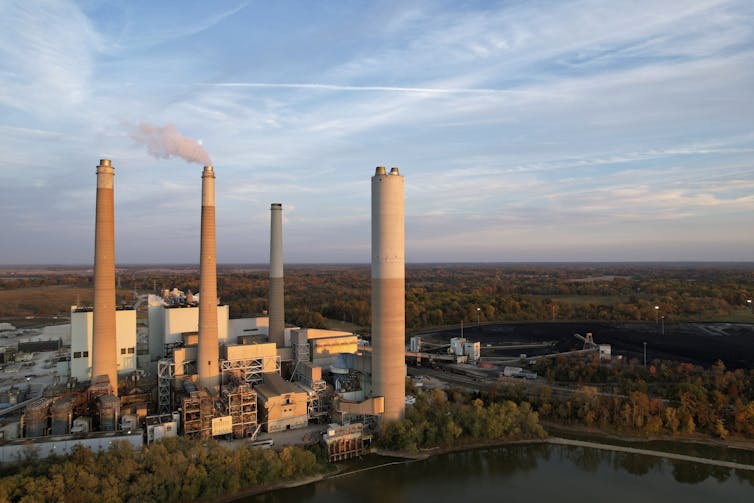
(AP Photo/Joshua A. Bickel)
Human activities since 1750 have emitted 2,634 billion tons of carbon dioxide into the atmosphere; 1,814 billion tons (69 per cent) of our total emissions originated from the combustion of fossil fuels and 820 billion tons (31 per cent) from changes in land use such as deforestation. As such, nature-based solutions only have a limited role to play in emissions reduction and certainly can’t be used to offset future emissions from fossil fuel combustion.
Nature-based solutions do, however, have an important role to play in climate change adaptation and the preservation of biodiversity, but there is a growing danger that governments, industry and the public will come to rely on them to maintain the status quo. This impulse must be avoided at all costs.
The example of B.C.
The British Columbia New Democratic Party government has remained adamant that the province can reduce emissions to 40 per cent below 2007 levels by 2030. While admirable, there is a real risk that this target can only be achieved through creative carbon accounting and the use of natural sinks that will not stop warming.
For example, Shell Canada is now promoting its efforts to ensure “the protection and restoration of natural ecosystems such as forests, grasslands and wetlands” as a central component to its greenhouse gas mitigation strategy.
Of course, there is no mention of greenhouse gas emissions from the ever-increasing area burnt by Canadian wildfires. Nor does Shell mention the emissions being released as permafrost thaws and previously frozen organic matter begins to decompose.
Read more:
B.C. election: Party proposals on climate action point in opposite directions
The Darkwoods Forest Carbon project offers a glimpse into what is being considered by government and industry decision-makers as a means of offsetting emissions from the natural gas sector. The project aims to “offset” these emissions with carbon trading and forest conservation.
Such efforts will prove futile and, as we have shown, natural carbon sinks (like forests) do not stop warming and cannot be considered offsets.
Lessons for the negotiators
As we move into the final week of COP29, one can only hope that international negotiators acknowledge the difference between natural and geological sinks of anthropogenic carbon.
Only the latter will lead to net-zero emissions and keep warming to below 3C above pre-industrial levels. Of course, the most efficient way to reduce emissions is to rapidly decarbonize global energy systems. Everything else only delays the inevitable.
Policy negotiations should be focused on eliminating emissions at source and developing approaches to directly extract and geologically store carbon dioxide already present in the atmosphere.
Sadly, given socioeconomic inertia, ongoing political inaction and geopolitical instability, as well as the slow rate at which energy systems are transforming to become emissions free, it is almost certain that 1.5C warming will be surpassed imminently with 2C following suit within the next two decades. The Paris Agreement is in trouble.
Surely we can do better.
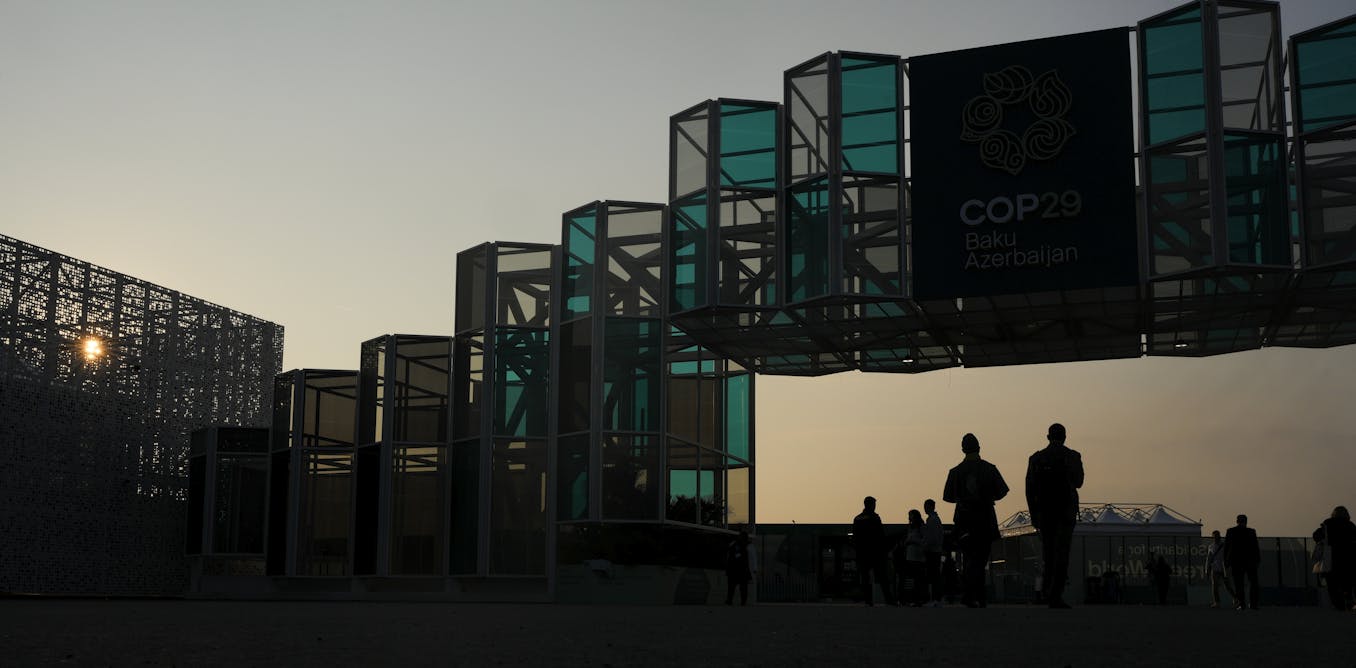
The post “Only by returning carbon to the ground is net zero truly possible” by Andrew Weaver, Professor, School of Earth and Ocean Sciences, University of Victoria was published on 11/19/2024 by theconversation.com










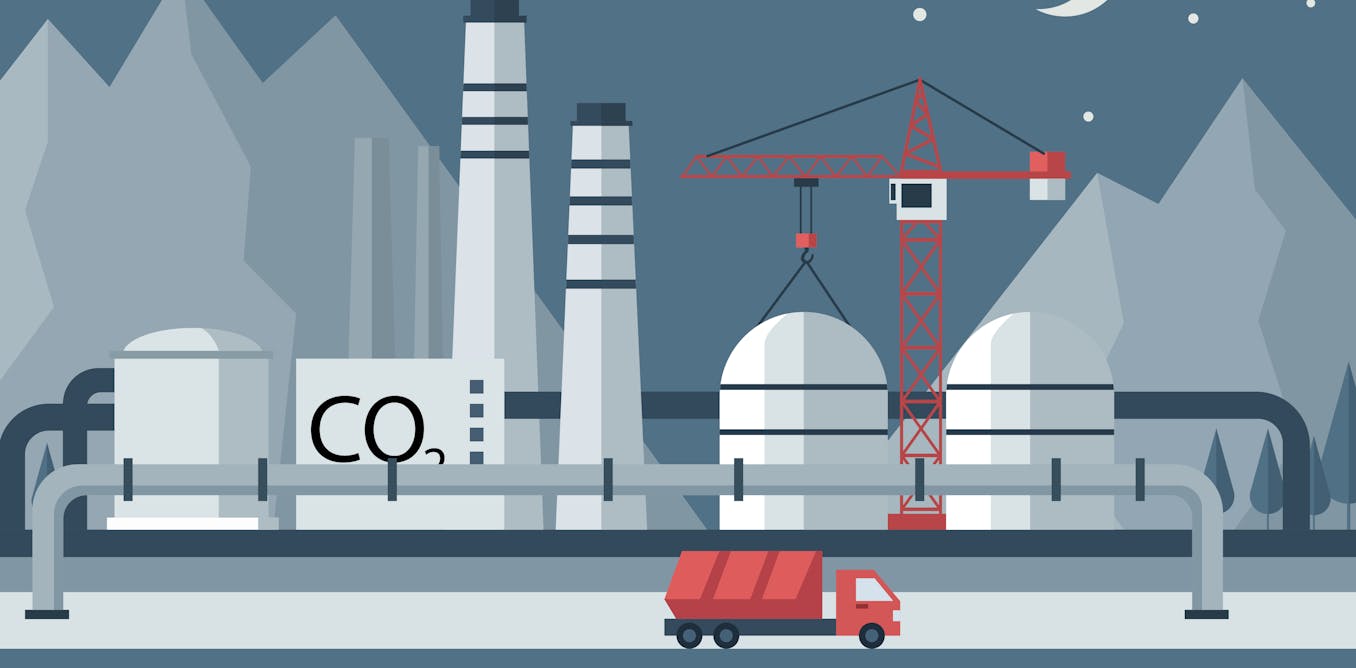
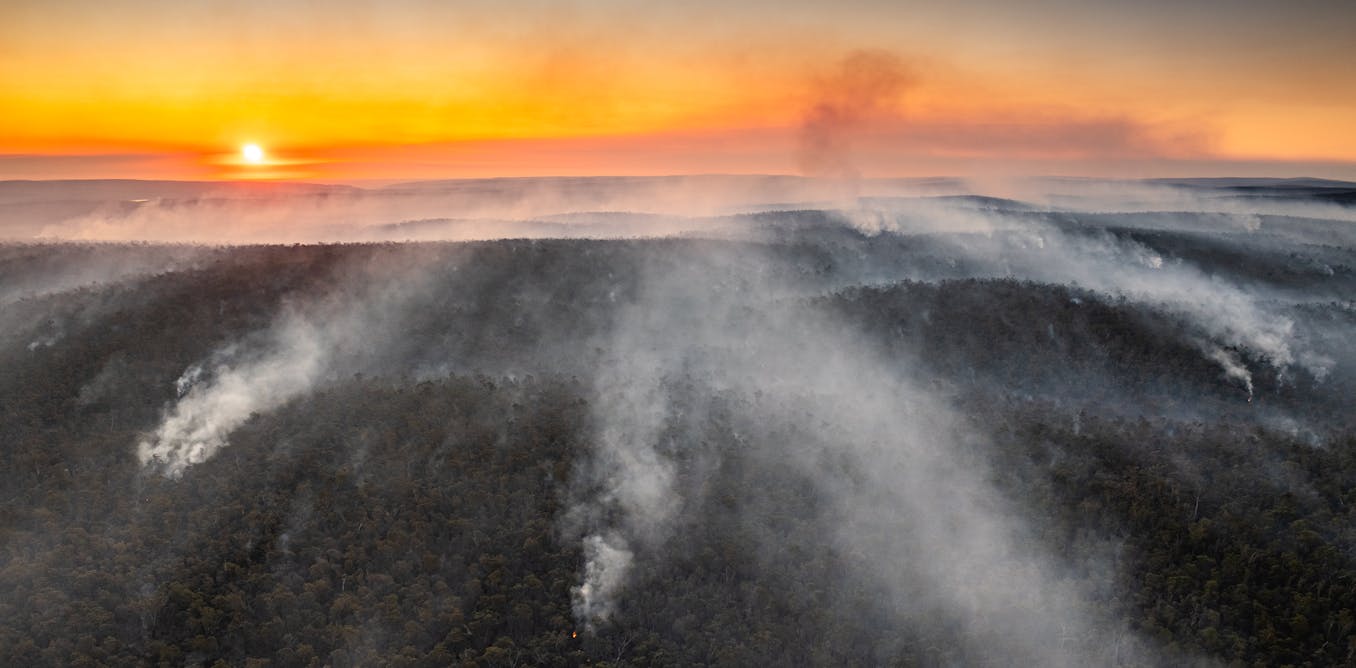
















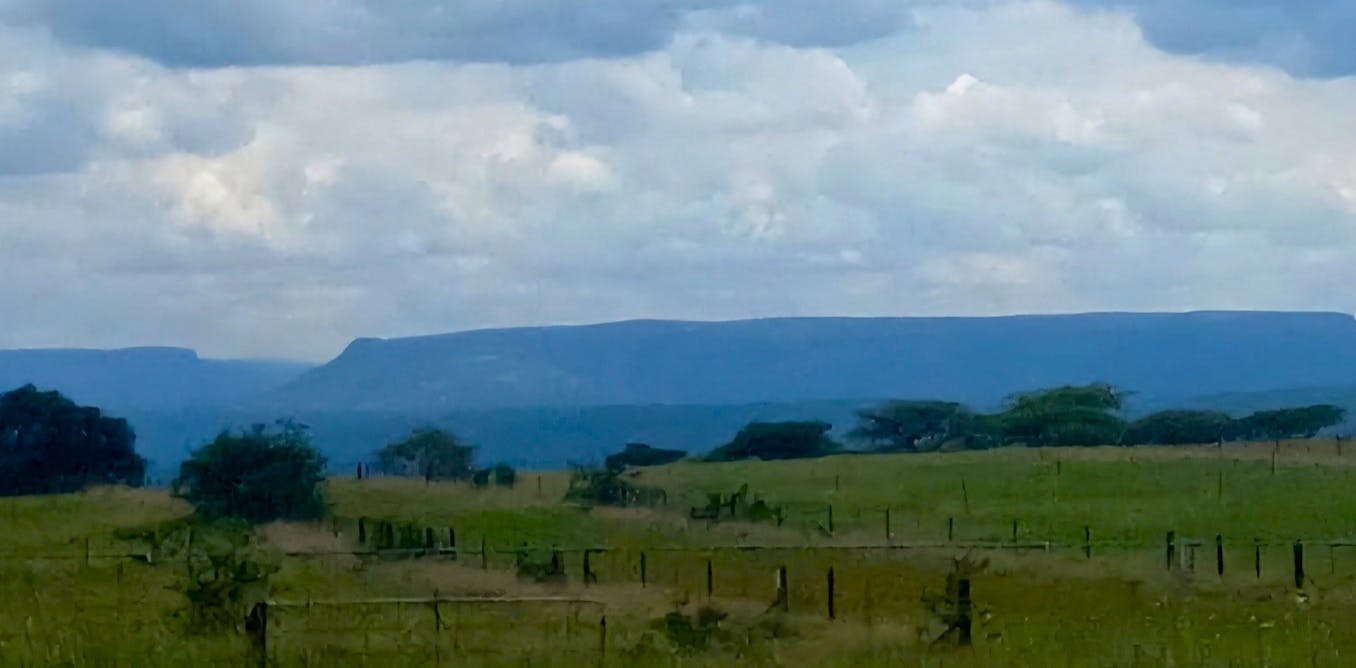

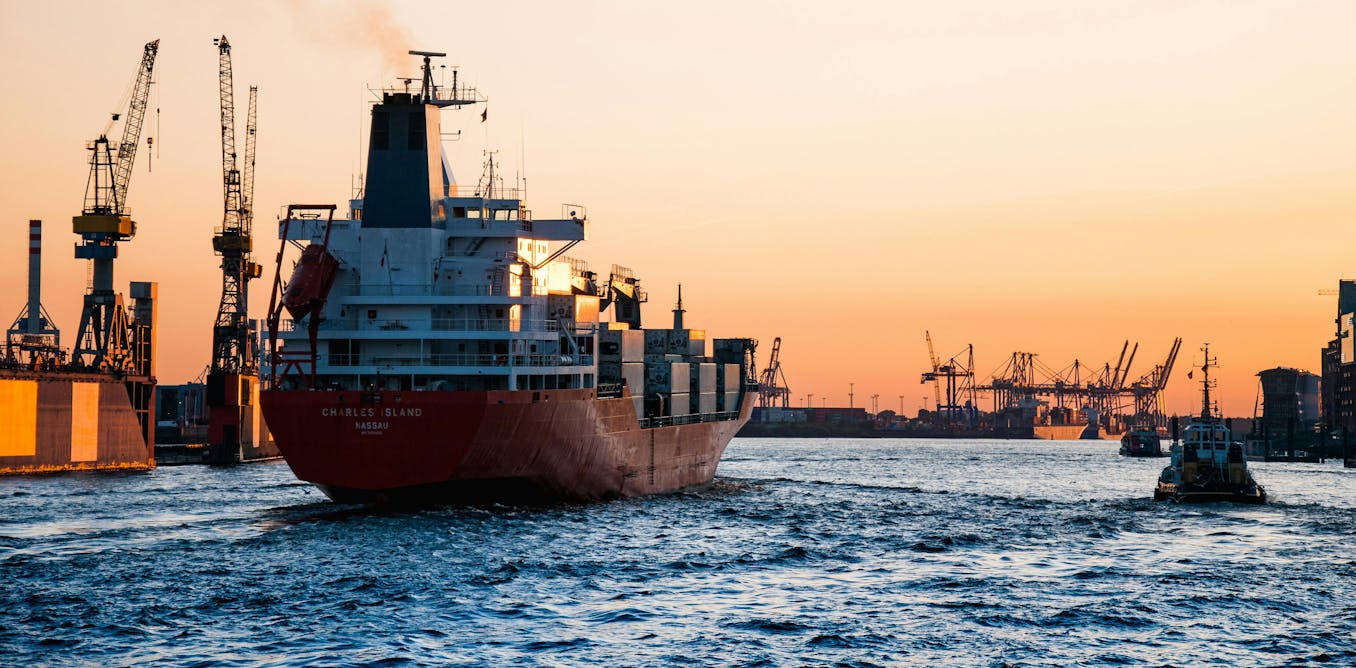

Leave a Reply